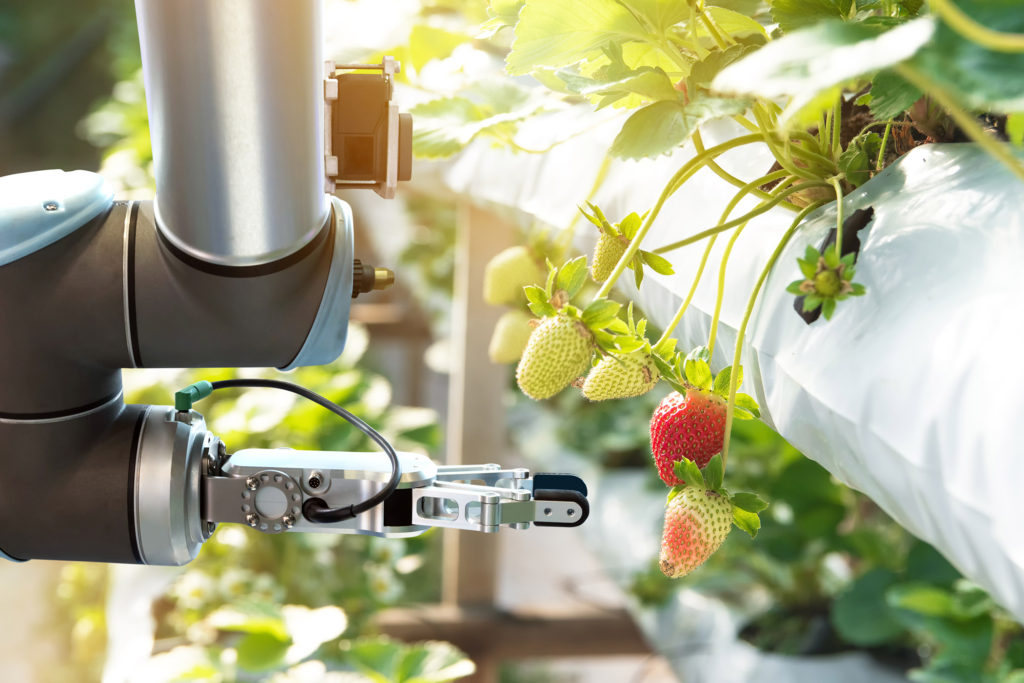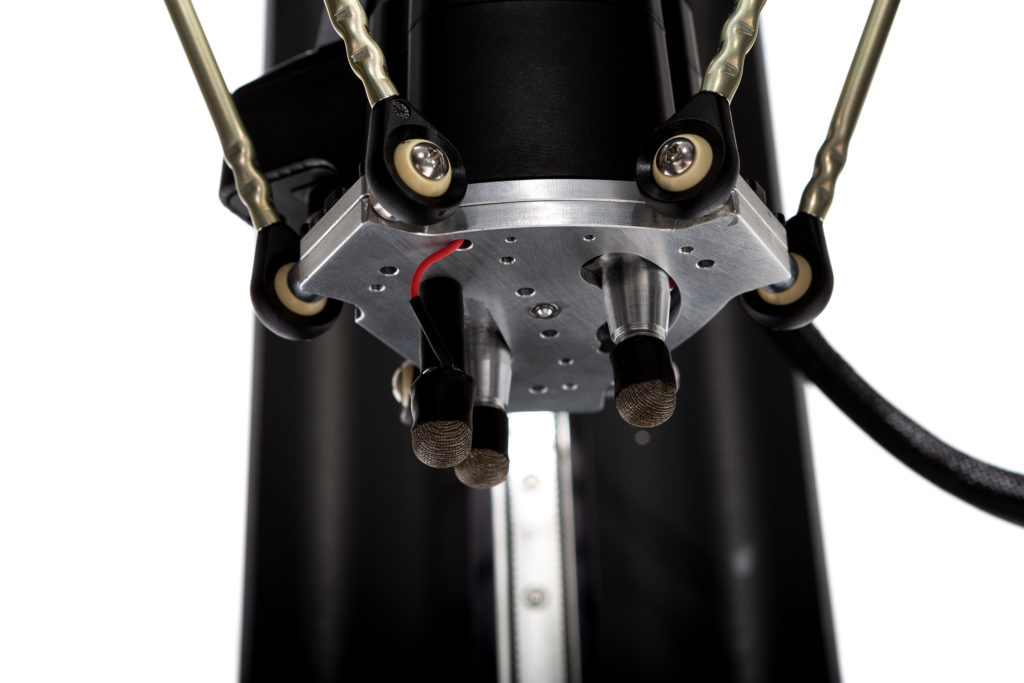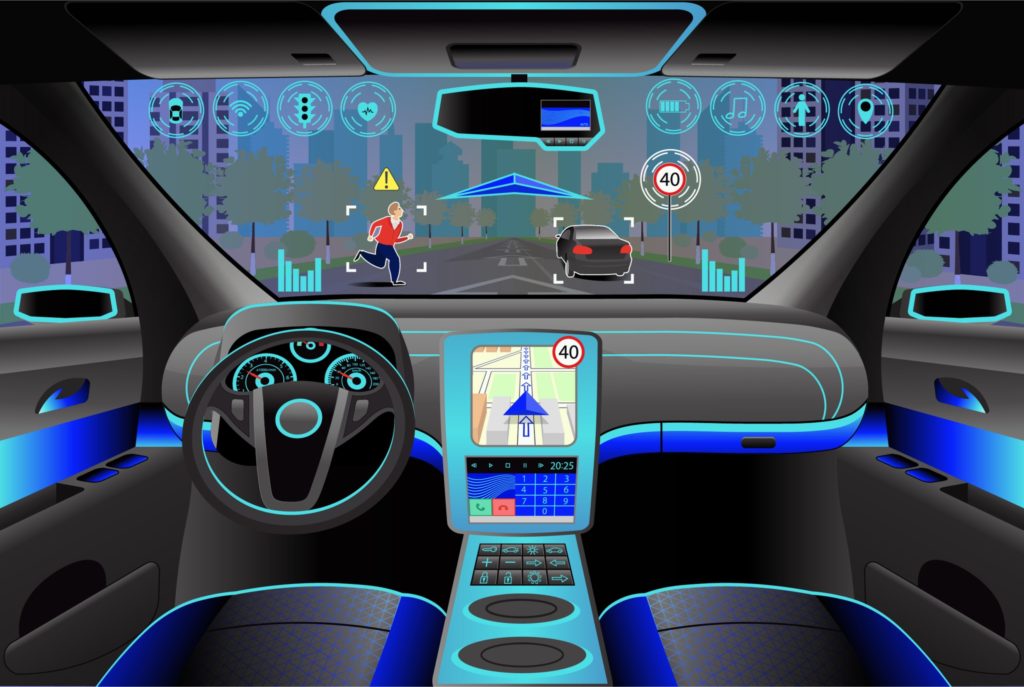
Agrobots – intelligent robots for automated farming
The article explores how AI, Computer Vision and IoT technologies are driving evolution of farming automation.
Robot calibration is the process of fine-tuning the performance of robots. The biggest robot calibration challenge is optimizing industrial robots to flourish in an increasingly volatile and competitive global business landscape. Well-calibrated robots also have potential beyond commerce. Advancements in robot calibration can significantly contribute to tackling the world’s most pressing challenges.
This article answers commonly asked questions like why calibrate robots, how to calibrate robots, and when to do so. It also highlights different types of robot calibration, advanced robot calibration, and major calibration-adjacent challenges to look out for and overcome.
Major regions and industries are investing heavily in robots. There was a 12% rise in robot installations in the American manufacturing sector in 2022. Parallelly, 27 member states of the European Union installed 72000 robots, and the Asia-Pacific region continues to be the largest robotics market in the world. There are tens of thousands of industrial robots around the world that require world-class calibration.
The ISO 9283:1998 standard for manipulating industrial robots identifies critical aspects of robot performance that need to be monitored and managed. They include “multi-directional pose accuracy variation, distance accuracy, distance repeatability, pose accuracy and pose repeatability, position overshoot, exchangeability, position stabilization time, path accuracy and path repeatability, and static compliance.”
Robot calibration can significantly improve the accuracy and performance of industry robots and address the aforementioned areas of concern. Specific components of robots, like cameras and sensors, may need to be calibrated more frequently than others. Mechanical components of robots also require calibration, but not as frequently. Robots whose primary capability needs to be precision require meticulous and methodical calibration.
The benefits of robot calibration go beyond accuracy, precision, and performance. Robot calibration can facilitate safer industrial environments, higher levels of productivity, more economical utilization of company resources, and better profitability.
Calibration can be overlooked in the robotics discourse because it isn’t glamorous work. But the difference between fleets of well-calibrated robots and fleets with dwindling performance can make or break companies.
Some may wonder why robots aren’t perfectly calibrated during the manufacturing stage. Robot calibration is required after robot manufacturing because robots need to be tuned to their physical ecosystems.
The performance of all mechanical devices, including robots, decreases over time. The robots that are typically in most need of calibration are in stressful and labor-intensive industrial environments that demand long periods of repetitive actions. Robot calibration is required to increase the performance of aging or hyper-busy robots.
Robot calibration also helps businesses define performance parameters for their robots. This is important because although mass-produced robots come with pre-established parameters, the physical ecosystem of every end-use application necessitates the framing of new parameters that acknowledge different factors and variables.
Another important reason why robot calibration is needed is to broaden its end-use application potential to include ultra-challenging environments. Certain end-use cases require surgical levels of precision, and only optimally-calibrated robots can excel or even be explored in such environments.
There are two sets of approaches and tools for robot collaboration. The first involves 3D laser trackers, which can be complex and more expensive but result in higher accuracy and precision. The second is more economical and rudimentary and involves manually calibrating robot components by hand. While manual calibration might seem negligent, many use cases require quick calibration without demanding 100% accuracy, making it a logical option.
There are numerous technical nuances in robot calibration. However, a high-level breakdown of the robot calibration process includes five broad critical steps.
Robot calibration is broken down into three main categories that are defined by the type of robot error they attempt to mitigate.
The primary challenges of robot calibration include identifying sources of error, handling nonlinear and time-varying errors, and ensuring calibration accuracy and repeatability. Businesses should also ensure that robots are only calibrated by qualified professionals and reputed tools, processes, and frameworks.
The ambit of robot calibration challenges can be reduced by introducing best practices such as monitoring the health of older robots, decreasing the workload of overburdened robots, following the maintenance and calibration guidelines of robot manufacturers, choosing wisely between manual and 3D laser tracking methods, identifying performance indicators that suggest a need for calibration, and only calibrating in optimal workspaces.
The best way to mitigate robot calibration complexities and challenges is to choose an elite robot calibration solutions provider. There are numerous companies that provide robot calibration services and solutions, but only a select few can counter the unique challenges and demands of the modern robotics landscape. Choosing experts like rinf.tech for robot and robot-adjacent tech solutions can be a game-changer for businesses in any sector.
Robot calibration is a necessity for modern industrial enterprises. It can help improve the performance, accuracy, and reliability of robots across industries and facilitate significant long-term advantages such as enhanced productivity, cost savings, safety, and profitability.
There are three main levels of robot calibration – mastering, kinematic, and non-kinematic calibration. Robot calibration should ideally comprise a 5-step lifecycle that begins with identifying performance measurement standards and concludes with multiple rounds of rigorous testing.
Advanced robot calibration and future trends include in-situ and self-calibration methods, a plethora of vision-based calibration techniques, and exciting results from integrating AI and ML technologies in robot calibration. Partnering with a world-class custom software development company like rinf.tech can help you lead these future trends and become a trailblazer in the new chapter of robot calibration.

The article explores how AI, Computer Vision and IoT technologies are driving evolution of farming automation.

How amazing would it be, if the they could, instead, save the hours they use testing the same feature over and over, and focus on more important activities? It would allow the team to confidently make its way towards the delivery deadline.

Touchscreen testing in the Automotive industry – the age of the robots Manual and automated testing and the role robots can play As cars’ touch-screen
Copyright © 2023 rinf.tech. All Rights Reserved.
Terms & Conditions. Cookie Policy. Privacy Policy.
Politica Avertizari de Integritate (RO)